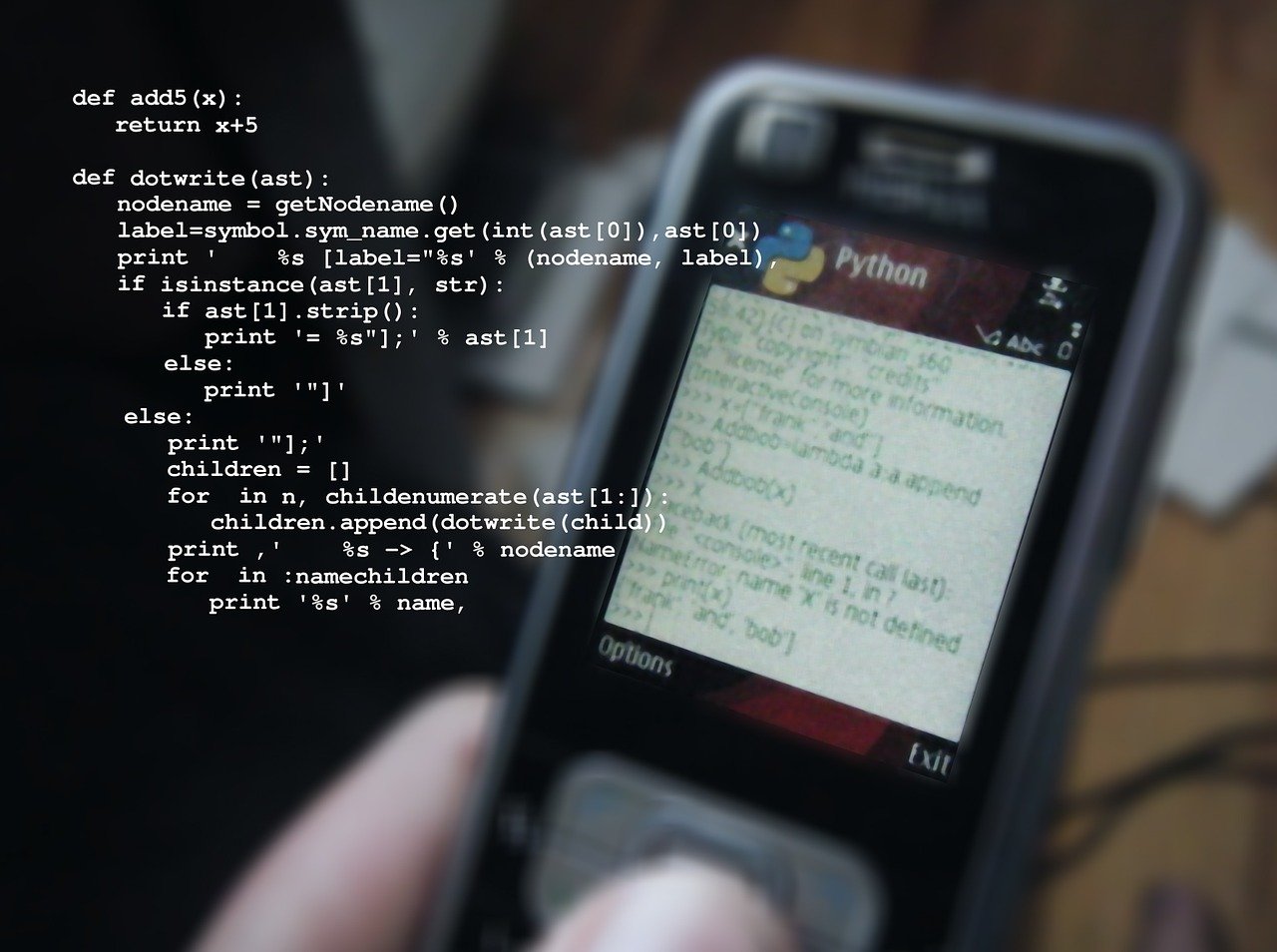The Importance of Python for Successful API Technical Writing
 Teresa Black
Teresa Black
Knowing Python is the Move for API Technical Writers
As technical writers, we are well aware that our role evolves as quickly as the tech industry does. One of the most crucial—not to mention lucrative—roles for the technical writer is API documentation (Application Programming Interfaces). APIs are the brains driving the interaction between different software systems, and Python is a primary coding language when it comes to building them. As a writer, our employers don’t expect us to be full-on developers, but a fundamental understanding of Python can light a fire when it comes to our ability to produce clear and functional API documentation.
And isn't that what it’s all about?
The Growing Importance of API Documentation
API as the Backbone of Modern Applications
APIs are everywhere, and especially in our industry. Whether you’re playing your latest addictive mobile game (I have a considerable problem logging out of Royal Match, and getting to bed myself) playing with data in the cloud, or engaging with third-party services, APIs are the ticket to making these technologies possible. They allow applications to communicate, data share, and collaborate.
The Role of Technical Writers in API Documentation
APIs are growing faster than a kudzu weed in Georgia, and are more integral than ever to software ecosystems. As the writers– and the charm–behind clear user documentation, developers are dependent on us to understand how to dance with the API. What parameters should we use? And what response should we expect from them? By knowing the bread and butter of this technology (Python), explaining the technical details in layman’s terms becomes much easier.
Python’s Popularity in API Development
Python is one of the most popular languages for building APIs for good reason: simplicity, versatility, and its mammoth libraries. Many developers choose Python to build some of the most common APIs, such as REST models. Since we’re all on the same team here, understanding dev language will help us to document more accurately for everyone. Frameworks like Flask and FastAPI streamline the process, making Python a go-to language for API development.
What Is an API?
API Overview
An API, or Application Programming Interface, is a set of rules and protocols that allows different software applications to communicate with each other. It establishes the methods and data formats that one system uses to request information from another. Essentially, APIs are a bridge between applications, which allows them to perform tasks such as data retrieval, user authentication, and transaction processing.
How APIs Facilitate Communication Between Systems
Thanks to APIs, devs don’t need to understand how another system works, they need only to follow the API’s rule set. For us technical writers, this means we’ll document how the API works, including what endpoints are available and what data formats are used.
Python: The Language of Choice for APIs
Python’s Simplicity and Readability
Let’s be honest, coding can be a complicated affair. It’s one of the reasons Python is popular for API development; a clean syntax and readability make it accessible to a larger audience. As technical writers, learning the basics of coding allows us to communicate more closely with the developers.
Why Python Is Commonly Used for Building APIs
All. Those. Libraries. The requests library, for example, simplifies HTTP requests in Python, which is essential for reacting with RESTful APIs, with other libraries such as Zeep and Graphene supporting different API types.
Example use:
The requests library allows users to send HTTP requests using simple Python code. Technical writers familiar with this library can write, and then test, API code samples. This not only ensures technical accuracy but also enhances the user experience (UX) by providing clear, functional examples that developers can rely on.
Key Reasons Technical Writers Should Learn Python
Understanding API Functionality
The heart of API documentation is the ability to explain how the API works. In learning basic Python, technical writers better understand their focal point, from the API requests to the responses and error codes. For myself, I’ve focused on simple, user-friendly apps to learn most of my coding. For example, I learned enough through Sololearn to feel confident experimenting on the Replit IDE. And, to me, coding is also a welcome respite from all that writing, writing, writing. Gives my brain a breath of fresh air in between paragraphs!
Let’s Practice! Writing and Reviewing Code Samples
Writing clear, functional code samples is a big part of API documentation. With Python, technical writers create simple examples that devs can follow.
Example of a Python API Call Using the Requests Library
Here’s an example of a basic Python API call using the requests library:
python
Copy code
import requests
response = requests.get('https://api.example.com/data')
if response.status_code == 200:
print(response.json())
else:
print('Error:', response.status_code)
Explanation:
The requests.get() function makes an HTTP GET request to the API endpoint ('https://api.example.com/data').
The response.status_code checks if the request was successful (status code 200).
If successful, response.json() prints the data from the API in JSON format. Otherwise, it prints the error code.
This code snippet shows how to make a GET request to retrieve data from an API and handle the response. Not too shabby for a writer, eh?
The API Writer’s Toolbox Should Include Python
Learning Python may seem like a stretch for technical writers, but is anything ever too much when it comes to the tech world? A deeper understanding of how APIs work, paired with the ability to write and test in Python, can be a move that truly pays off. Think of Python as your new best bud—the squiggly snake connecting you, the API, the developer… and the opportunity.
Subscribe to my newsletter
Read articles from Teresa Black directly inside your inbox. Subscribe to the newsletter, and don't miss out.
Written by
